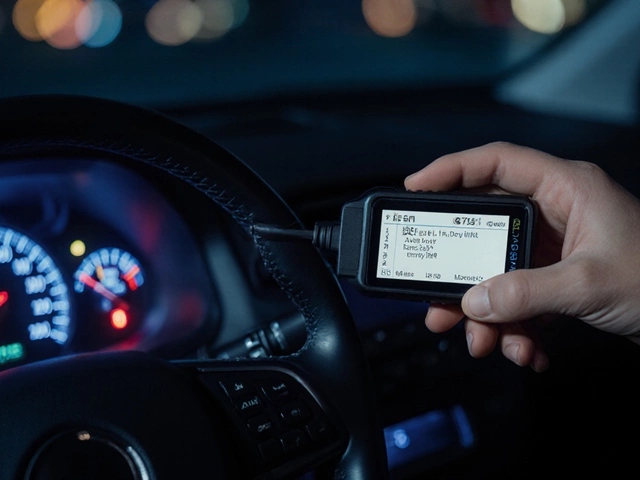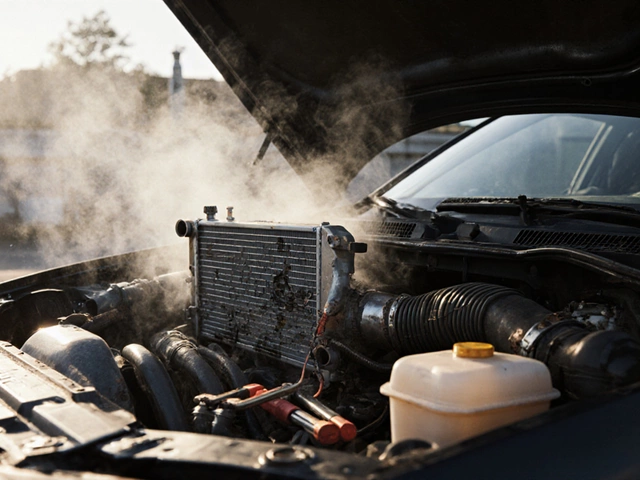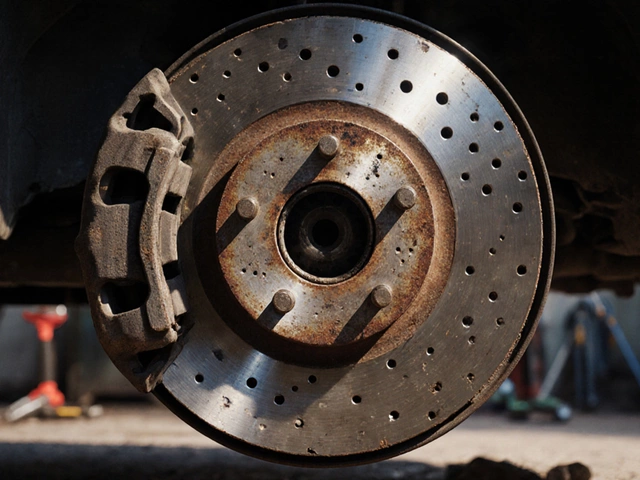Bad Rotors: Signs, Costs, and When to Replace Them
When your brakes feel spongy, your steering wheel vibrates, or you hear a loud scraping sound every time you slow down, you’re probably dealing with bad rotors, the metal discs that brake pads clamp down on to stop your car. Also known as brake discs, these parts wear out over time—and ignoring them isn’t just expensive, it’s dangerous. Rotors don’t last forever. Most last between 30,000 and 70,000 miles, but heavy braking, frequent stop-and-go driving, or cheap brake pads can shorten that life dramatically.
Brake pads, the rubber-and-metal components that press against the rotors wear out faster than rotors, but replacing pads without checking the rotors is a common mistake. If the rotors are warped, scored, or thinner than the manufacturer’s minimum thickness, new pads won’t work properly. You’ll get noise, reduced stopping power, and faster wear on your new parts. Rotor resurfacing, a process where a machine shaves off a thin layer to smooth the surface used to be a standard fix—but today, many mechanics recommend full replacement because it’s often cheaper, safer, and faster than resurfacing.
Signs you have bad rotors aren’t always obvious. A vibration in the steering wheel during braking? That’s usually warped rotors. A high-pitched squeal or a deep grinding noise? That’s metal-on-metal contact—your rotors are worn down past their safe limit. Sometimes, you’ll notice a burning smell after heavy braking, or your car pulls to one side when you stop. These aren’t just annoyances. They’re warnings that your stopping distance is increasing, and your safety is at risk.
Costs vary. Replacing rotors alone can run from £80 to £200 per axle, depending on your car and the quality of parts. Labor adds another £50 to £150. But if you wait too long, you’ll end up replacing brake calipers, pads, and even suspension parts damaged by the vibration. It’s always cheaper to fix rotors early.
You don’t need to be a mechanic to check your rotors. Pop off a wheel and look for deep grooves, blue discoloration (from overheating), or a rough, uneven surface. If you can feel ridges with your finger, it’s time to replace them. No need to guess—get them inspected if you’ve hit 40,000 miles or if your brakes feel off.
What you’ll find below are real, practical guides from drivers who’ve been there. From how to tell if your rotors are bad without a lift, to whether you can skip replacing them when changing pads, to the true cost of rotor replacement in the UK—every post cuts through the noise. No fluff. No upsells. Just clear, honest answers so you know exactly what your car needs—and what you’re really paying for.





